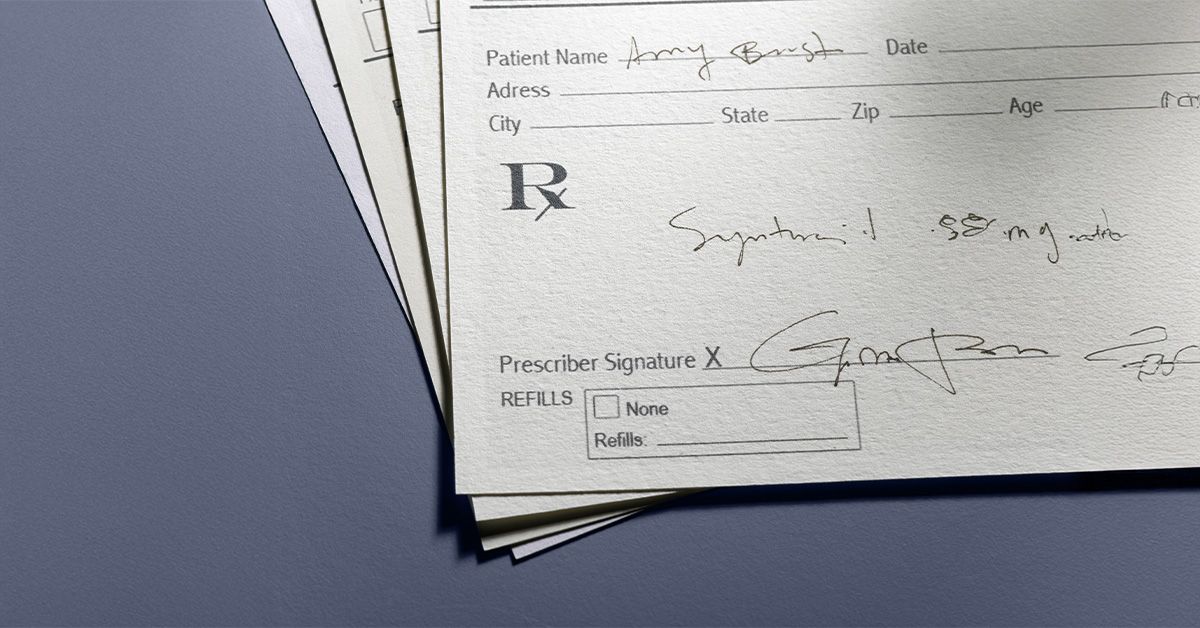Introduction to Wasabi
Wasabi, known scientifically as Wasabia japonica, is a plant in the Brassicaceae family along with cabbage, horseradish, and mustard. It is a traditional Japanese condiment most known for its intense spicy flavor and common use with sushi or sashimi.
The best wasabi paste brings about a complex flavor profile beyond just spicy heat. High quality wasabi offers herbal, slightly sweet and vegetal flavors layered over its trademark punchy heat that dissipates shortly after. Real wasabi root is grated to a consistency similar to pesto to form a paste that is an integral accompaniment to raw fish.
Health Benefits of Wasabi
Recent research has shown promising health effects associated with wasabi consumption due to its high levels of disease fighting compounds like isothiocyanates. In one small study published in Nutritional Neuroscience, taking wasabi extract supplements led to improved memory test scores.
The isothiocyanates from pungent plants like wasabi inhibit platelet aggregation to reduce blood clot formation. Regularly eating wasabi may lower thrombosis risk as was shown in a mice study from Bioorganic & Medicinal Chemistry Letters.
Freshly grated wasabi paste also has high antimicrobial activity with the ability to fight common foodborne pathogens. The Journal of Food Control published a study highlighting its potential for natural food preservation.
Differences Between Real Wasabi and Western Wasabi
Outside of Japan, the wasabi encountered at most sushi restaurants is an imitation known as "western wasabi". It consists primarily of horseradish, mustard powder, and green food coloring mixed into a thick paste.
This wasabi imposter emerged because real wasabi root is expensive and difficult to grow. It is challenging to cultivate and supply chains must quickly transport the extremely perishable product.
Authentic wasabi paste offers a more refined flavor complimentary to sushi with spiciness dissipating over time rather than intensifying. Western wasabi however is simply hot and lacks dimension in its flavor.
How to Select the Best Wasabi Paste
So how does one pick the best wasabi paste that provides an authentic experience? Here are a few key aspects to look for when purchasing the ideal paste.
Color
High quality fresh wasabi paste has a naturally light green hue. Grayish tinges or extremely dark green color is a sign it may be expired or contain artificial colorants.
Texture
The paste should have a smooth even consistency without visible large undegraded pieces or clumps. Small bits demonstrating it was freshly grated are okay.
Smell
When opening a packet or jar, it will have an initial strong punchy scent that fade quickly. It is a potent spicy herbal smell not replicated by western wasabi.
Heat
Of course it must bring the heat! A little dab on your finger should produce quick spicy heat that tapers off. No intense lingering burning.
Ingredients
The number one ingredient should simply be Wasabia Japonica to indicate real fresh wasabi. Avoid products with long additives lists.
How to Use Wasabi Paste
Using the optimal ratio of sushi or sashimi to wasabi paste is key to finding flavor balance. Too little and the fresh flavors of seafood overpower while too much burns away all complexity.
With Nigiri or Sashimi
Nigiri sushi has a small balanced rice base ideally meant to carry the wasabi and fish flavors. Mix a pea sized amount of wasabi paste with soy sauce in a side dish before dipping the topped nigiri. For sashimi, add directly to the fish in the same pea sized amount.
With Sushi Rolls
In uramaki rolls, a thin smear inside compliments without distraction. With more involved rolls containing multiple ingredients, have a side mixture of wasabi and soy sauce for dipping to let the full components shine.
As Condiment
Beyond Japanese cuisine, high quality wasabi paste also makes an excellent condiment for sandwiches, fish tacos, fresh garden salads, and more. Mix with mayo for an extra kick.
Where to Buy the Best Fresh Wasabi Paste
Finding authentic fresh wasabi paste comes down to looking in the right places. Asian grocery stores often have imported small batch options rarely seen in standard supermarkets.
Online Ordering
Purchasing directly from specialty growers and importers online provides access to the freshest wasabi. Product is shipped directly frozen or with ice packs to maintain quality.
Local Producers
As wasabi farming expands outside Japan to places like Oregon and New Zealand, more local fresh options are springing up. Check farmer's markets and specialty stores when available.
Grow Your Own
For the most ultimate in freshness, grow wasabi in water gardens or containers anywhere temperatures are suitably cool year round. This allows harvesting and grating the exact amount needed for unbeatable flavor.
Disclaimer: This article is for informational purposes only and does not constitute medical advice. Always consult with a healthcare professional before starting any new treatment regimen.
Related Coverage
Learn how to change Medigap policy without medical underwriting, when guaranteed issue rights apply, and steps to switch safely....
Learn if you qualify for Medicare eligibility and how to enroll without penalties. Get clear, simple guidance for seniors and disabled individuals....
Find the right Medicare plans in North Dakota that fit your health needs and budget. Compare options today....
Learn how Medicare Advantage benefits work, what’s included, and how to choose the right plan for your health and budget....
Medicare drug costs in 2025 are changing with a $2,000 out-of-pocket cap. See how much you’ll pay and how to save on prescriptions....
Compare Medicare Part A vs Part C (Medicare Advantage) to find out which coverage fits your health needs and lifestyle....
Get clarity on how Medicare handles preexisting conditions and waiting periods. Know your coverage options and make informed decisions....
Embrace the power of superfoods and elevate your conscious lifestyle. Discover 15 nutrient-dense powerhouses that offer a wealth of benefits for your body, mind, and spirit....
From arthritis to heart disease, seniors face many health challenges. Learn the most common senior health concerns and get tips for caring for elderly loved ones....
Meeting senior nutrition needs helps maintain energy, muscle, and bone health. Learn how to eat right as you age....









